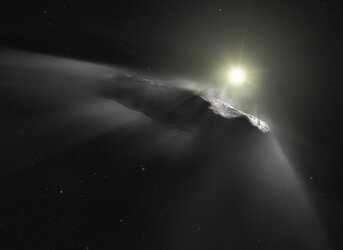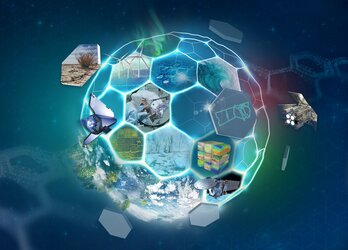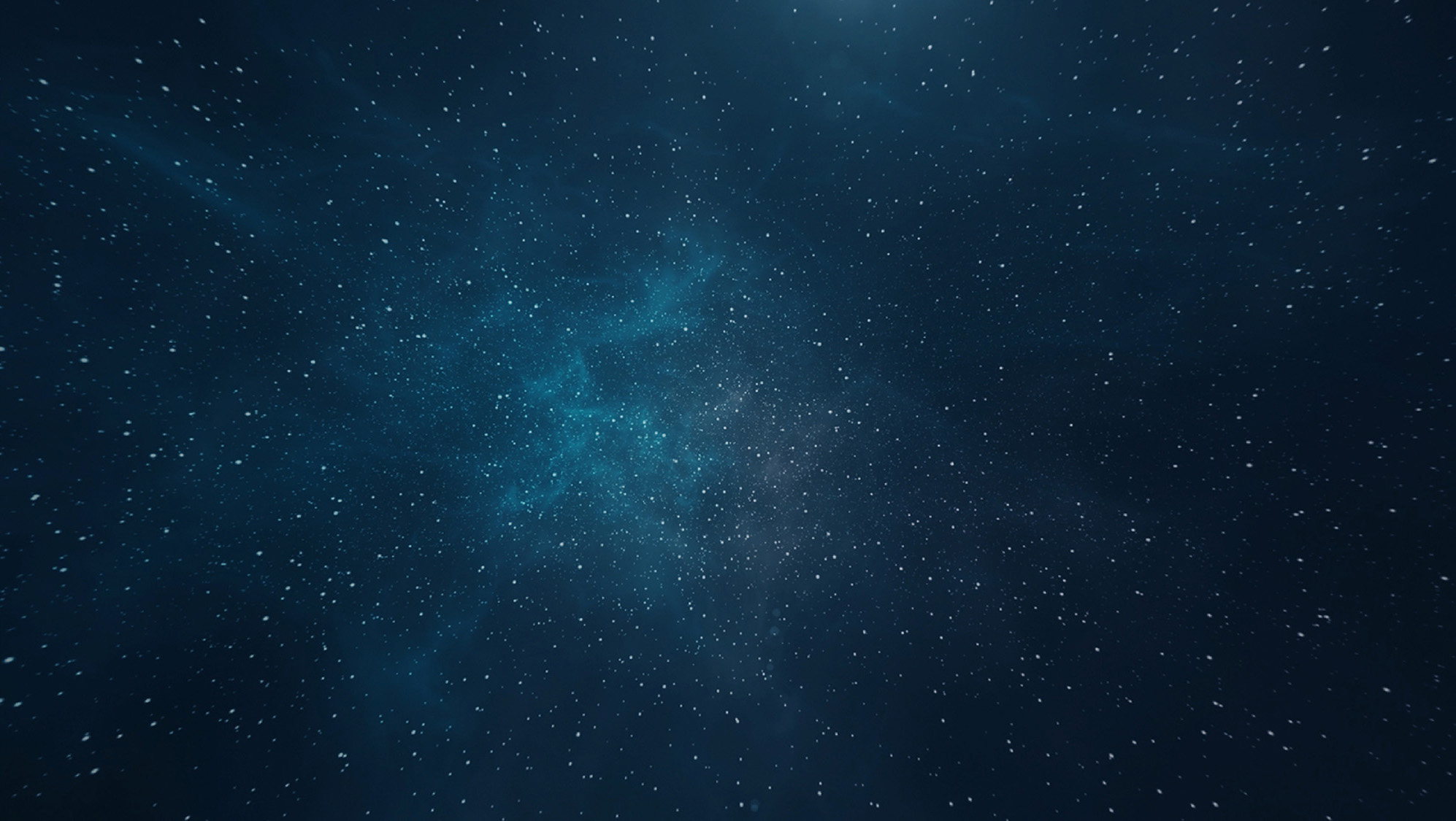Atlas-1
MISSION STATISTICS
Mission name: STS-45
Shuttle: Atlantis
Number of crew members: 7
Launch:
24 March 1992, 08:13 a.m. EST
Landing:
2 April 1992, 06:23 a.m. EST, Runway 33, Kennedy Space Centre
Duration: 8 days, 22 hours, 9 minutes, 28 seconds
Number of orbits: 143
CREW
- Charles F. Bolden, (3), Commander
- Brian Duffy (1), Pilot
- Kathryn D. Sullivan (3), Payload Commander
- David C. Leestma (3), Mission Specialist 2
- Michael Foale (1), Mission Specialist 3
- Byron K. Lichtenberg (2), Payload Specialist 1
- Dirk D. Frimout (1), Payload Specialist 2 - Belgium
(1) number of spaceflights each crew member has completed, including this mission

MISSION HIGHLIGHTS
Launch: 24 March 1992, 8:13 a.m. EST. Launch originally scheduled for 23 March 1992, but was delayed one day because of higher-than-allowable concentrations of liquid hydrogen and liquid oxygen in the orbiter's aft compartment during tanking operations. During troubleshooting, the leaks could not be reproduced, leading engineers to believe that they were the result of plumbing in the main propulsion system not thermally conditioned to the supercold propellants. Launch was rescheduled for 24 March 1992. Launch weight: 233 650 lb (105 982 kg).
Carried first Atmospheric Laboratory for Applications and Science (ATLAS-1) on Spacelab pallets mounted in orbiter's cargo bay. The non-deployable payload, equipped with l2 instruments from the U.S., France, Germany, Belgium, Switzerland, The Netherlands and Japan, conducted studies in atmospheric chemistry, solar radiation, space plasma physics and ultraviolet astronomy.
ATLAS-1 instruments were: Atmospheric Trace Molecule Spectroscopy (ATMOS); Grille Spectrometer; Millimeter Wave Atmospheric Sounder (MAS); Imaging Spectrometric Observatory (ISO); Atmospheric Lyman-Alpha Emissions (ALAE); Atmospheric Emissions Photometric Imager (AEPI); Space Experiments with Particle Accelerators (SEPAC); Active Cavity Radiometer (ACR); Measurement of Solar Constant (SOLCON); Solar Spectrum (SOLSPEC); Solar Ultraviolet Spectral Irradiance Monitor (SUSIM); and Far Ultraviolet Space Telescope (FAUST).
Other payloads included Shuttle Solar Backscatter Ultraviolet (SSBUV) experiment, one Get Away Special (GAS) experiment and six mid-deck experiments.
Landing: 2 April 1992, 6:23 a.m. EST, Runway 33, Kennedy Space Center. Rollout distance 9 227 feet (2 812 m). Mission extended one day to continue science experiments. Landing Weight: 205 042 lb (93 005 kg).















 Germany
Germany
 Austria
Austria
 Belgium
Belgium
 Denmark
Denmark
 Spain
Spain
 Estonia
Estonia
 Finland
Finland
 France
France
 Greece
Greece
 Hungary
Hungary
 Ireland
Ireland
 Italy
Italy
 Luxembourg
Luxembourg
 Norway
Norway
 The Netherlands
The Netherlands
 Poland
Poland
 Portugal
Portugal
 Czechia
Czechia
 Romania
Romania
 United Kingdom
United Kingdom
 Slovenia
Slovenia
 Sweden
Sweden
 Switzerland
Switzerland



























